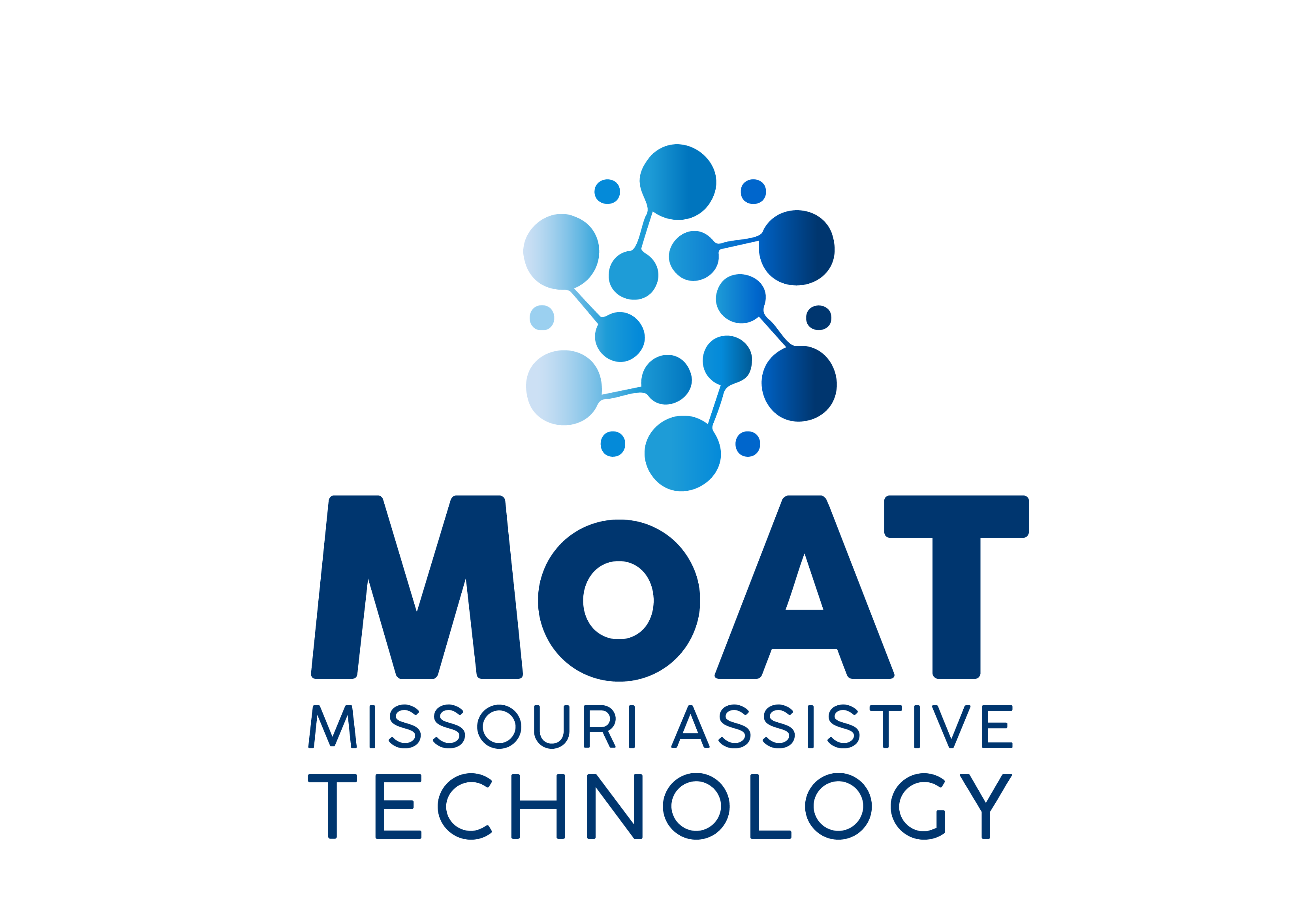With the passage of the new Federal Section 508, the updated law defines electronic documents much more clearly, including social media. Social media is constantly changing and presents its own set of accessibility challenges. Reach a larger audience through accessible social media.
5 Things Every Social Media Content Manager Needs to Know
1.
Make your contact information available on your social media account page. List a primary phone number and email address where a user can reach your agency with questions, or provide a link to your agency website that lists the appropriate contact information.
2.
Make your social media content available through more than one channel. Provide easy points of entry for more information. Some of the most common ways are to post threads on your website, provide options to sign up for daily email digests of social media posts or to add a social media widget to your agency website.
3.
Provide links or contact information to official social media support and accessibility teams. Often, social media tools have their own accessibility tips and support desks. Educate yourself about them and provide links to your constituents.
4.
Keep it simple. Good design and good content more often than not leads to accessible content. When possible, write in plain language, use camel case when appropriate (i.e., capitalize the first letters of compound words as in #SocialGov), and limit your use of hashtags, abbreviations and acronyms. The use of camel case is not only a common practice, but a helpful one as it makes multi-word hashtags easier to read, including for those using a screen reader.
5.
Learn the accessibility requirements and periodically test your content for accessibility. Read the Section 508 Standards and the Web Content Accessibility Guidelines (WCAG) 2.0 and other key resources that discuss them. Then test your social media content with a screen reader or other type of assistive technology.
From: digitalgov.gov

